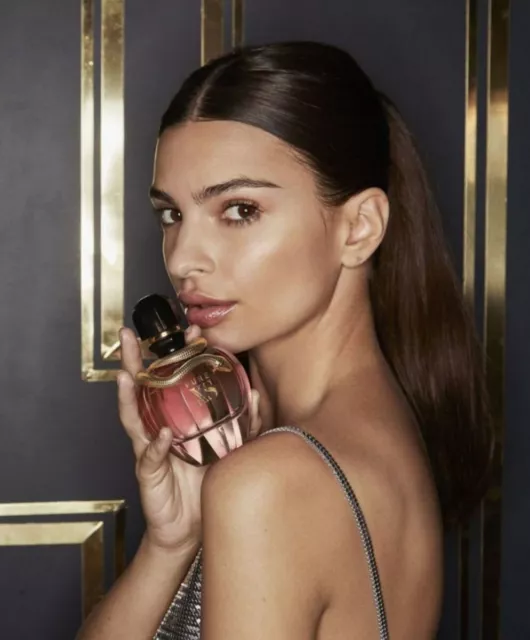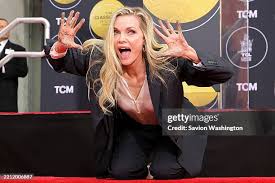
Introduction
Emily Ratajkowski, a name that resonates in both the fashion and entertainment industries, continues to captivate audiences with her versatility. Born on June 7, 1991, in London, England, and raised in San Diego, California, Ratajkowski initially gained fame as a model and actress, but has also emerged as a prominent activist advocating for women’s rights and body positivity. Her impactful career reflects the changing dynamics of social media, celebrity culture, and modern feminism.
Rise to Fame
Ratajkowski’s journey to stardom began in the early 2010s when she gained widespread recognition for her role in the controversial music video for Robin Thicke’s “Blurred Lines.” The video showcased not only her stunning looks but also the objectification of women in media, igniting conversations around consent and representation. Following this breakout moment, Emily became a sought-after model, appearing in high-profile magazines such as Vogue, Harper’s Bazaar, and Sports Illustrated.
Acting Career
Beyond modeling, Ratajkowski ventured into acting with roles in films like “Gone Girl,” where she played the character of Ben Affleck’s mistress, and in “I Feel Pretty,” a comedy that challenges societal beauty standards. Despite being in the spotlight for her looks, Ratajkowski has consistently emphasized that she desires to be recognized for her talent and intellect as well. This balance of beauty and brains has endeared her to fans across the globe.
Advocacy and Activism
In recent years, Ratajkowski has utilized her platform to advocate for women’s rights, body positivity, and sexual empowerment. She has been vocal about her experiences in the industry, effectively challenging the traditional norms of beauty and encouraging women to embrace their bodies in all shapes and sizes. Ratajkowski’s influential presence on social media platforms allows her to connect with her audience and spread awareness on important issues effectively.
Recent Developments
As of 2023, Ratajkowski continues to push boundaries, launching her own podcast titled “High Low with EmRata,” where she delves into various topics including culture, politics, and personal struggles. This platform allows her to engage with thought leaders and audiences in a more authentic and unfiltered manner. Additionally, she remains active in the fashion world, often using her platform to highlight designers who support ethical practices in the industry.
Conclusion
Emily Ratajkowski represents more than just the archetype of a modern model; she embodies the intersection of art, activism, and enterprise. As she continues to navigate her career in modeling and acting while making a significant impact in her advocacy work, her journey offers important reflections on individuality, the power of social media, and the ongoing fight for women’s rights. For readers, Ratajkowski serves as a reminder that advocating for change can coexist with success in more traditional career paths.


